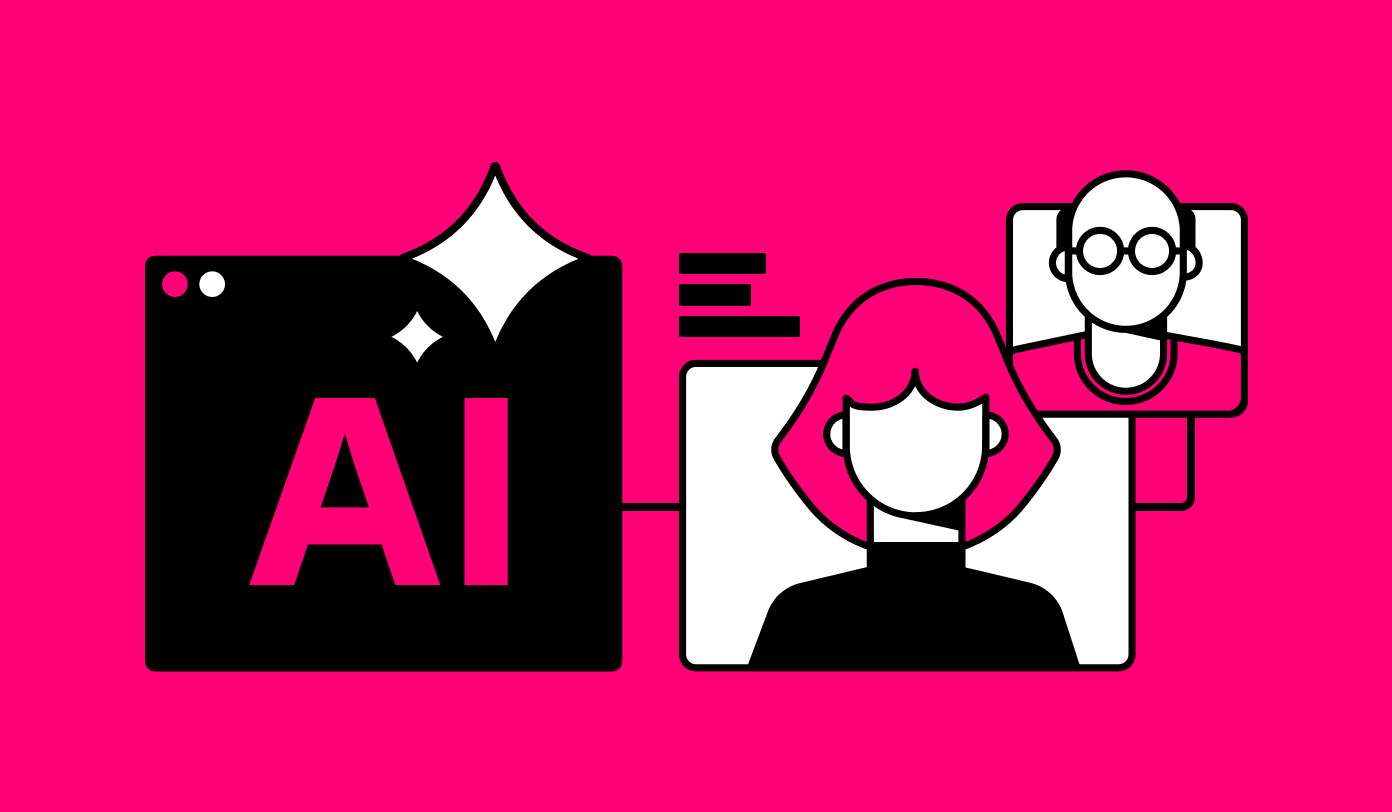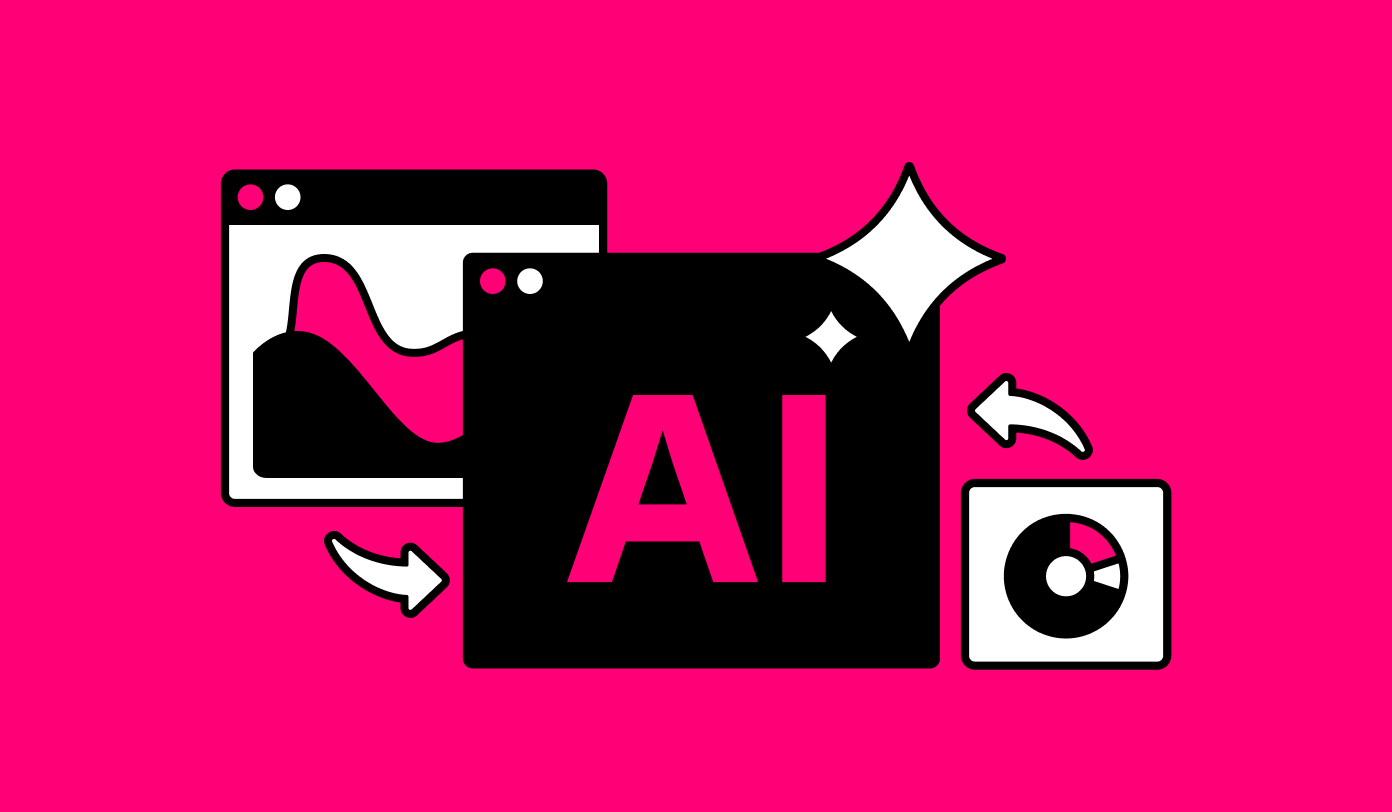
Media planning isn’t just about picking channels or dividing up your budget. It’s about genuinely understanding who you’re talking to, so every media dollar really hits home. And the right media planning tools can make all the difference, helping you dig deep into consumer insights, refine your strategy, and run campaigns that truly connect.
Topping the list is GWI (you can’t blame us, can you?), alongside a mix of other standout tools that help brands turn data into real impact.
Why choosing the right media planning tools matters
Think of media planning tools as the compass for your campaigns. The right ones help you pinpoint exactly who your audience is, where they spend time, and what makes them tick. They turn raw data into clear insights, so you don’t just hope your campaigns work; you know why they do.
On the flip side, the wrong tools can leave you flying blind, stuck with outdated data, missed opportunities, and wasted spend. Choosing wisely isn’t about ticking boxes; it’s about setting your strategy up for success.
15 essential media planning tools for deeper audience insights
These tools cover everything from audience analytics and media buying to campaign optimization and data visualization. Together, they give you the full picture you need to plan smarter, and act faster. Let’s go.
1. GWI
Overview:
GWI goes beyond surface-level data, giving marketers real insight into what audiences care about across over 50 global markets. From GWI Core and GWI Audiences to tools like GWI Spark (which uses AI to answer complex questions in seconds), it’s designed to make research both deep and fast.
What makes it special:
- Over 250,000 data points for granular segmentation.
- Add your own custom survey questions to track brand-specific needs.
- Data is visualized clearly in charts and dashboards, making insights easy to share.
- Global reach plus detailed local data, so campaigns feel relevant everywhere.
Real-world example: Success using GWI for media planning
When GroupM Malaysia needed to target audiences in a market where ethnicity shapes media behavior, GWI helped them go beyond age and income. By layering custom data, the team identified what actually influenced buying decisions across ethnic groups.
"Malaysia is a unique market where ethnicity matters greatly for audience targeting," shared Choo Jiun Shyan, Senior Executive, Insights at GroupM Malaysia.
Insights came quickly, helping them pivot campaigns and speak more directly to each audience. The result? Media spend went further, and campaigns landed better.
2. Nielsen Media Impact
Nielsen Media Impact is famous for its cross-platform measurement. It’s like your campaign’s weather report, spotting sunny spots and stormy forecasts across platforms. That way, you’re not just guessing where to invest but confidently doubling down where it counts.
3. Comscore
Comscore excels in digital analytics, providing extensive metrics about online consumption behaviors across devices. Great for digital-first brands, Comscore tracks how people consume content across devices. Want to know how mobile vs. desktop shapes campaign results? Comscore’s data can tell you.
4. Kantar Media Planning Suite
Kantar is the strategist’s tool, pairing deep audience insights with competitor benchmarks. It helps brands answer big questions like: How can we stand out? or Where are our competitors overinvesting?
5. Mediaocean
Mediaocean handles the nuts and bolts. Buying, financial tracking, and campaign management across channels. By automating complex workflows, it frees marketers to focus on creativity and strategy.
6. Mediatool
Mediatool is built for teams that collaborate across markets, Mediatool centralizes planning, reporting, and performance tracking in one place. Everyone stays on the same page, from local teams to HQ.
7. Sprinklr
Sprinklr is about staying in tune with real-time audience sentiment on social media. When consumer attitudes shift, Sprinklr spots it early, so brands can react quickly instead of playing catch-up.
8. Basis (Centro)
If your campaigns mix programmatic, search, social, and CTV, Basis keeps it all under control. Marketers get a single platform to plan and optimize across channels without juggling multiple tools.
9. MRI-Simmons
MRI-Simmons specializes in highly detailed demographic and psychographic insights specific to the US market. It helps marketers craft campaigns that resonate locally, whether you're targeting suburban parents or urban Gen Z shoppers.
10. Similarweb
Similarweb goes beyond your brand, showing how competitors attract traffic and where audiences actually spend time online. It’s like seeing the customer journey from a bird’s-eye view.
11. Google Marketing Platform
Google Marketing Platform helps marketers connect actions to outcomes, with tools for ad management, performance measurement, and attribution. It answers questions like: Which touchpoint really drove that conversion?
12. Adobe Analytics
Adobe Analytics helps marketers see beyond the first click, offering advanced journey mapping and predictive models. The result? Campaigns that evolve as audience behavior changes.
13. Amobee
Amobee focuses on activation—taking your media plan and turning it into live campaigns that adapt in real time. It’s especially strong in programmatic buying and cross-channel optimization.
14. Commspoint Influence
Commspoint Influence answers: Where should we place our message for the biggest impact? Commspoint recommends the best channel mix, helping brands spend smarter, not just bigger.
15. Guideline
Guideline uses AI to analyze global media spend data, spotting trends and budget opportunities others might miss. For brands looking to stretch budgets without sacrificing impact, it’s a valuable ally.
How to choose the best media planning tool for your business
It’s tempting to go for the tool with the longest feature list, but the best choice is the one that fits your workflow, data needs, and team size.
Think about:
- Does it integrate with your current tech stack?
- Can it handle your market complexity?
- Will your team actually use it daily?
GWI, for example, stands out because it pairs deep data with user-friendly dashboards, meaning insights aren’t trapped with analysts but shared across teams.
Measuring the impact of your media planning tools
Assessing your media planning tools involves tracking clear, meaningful KPIs, such as audience reach, engagement lifts, conversion rate improvements, and overall ROI. Don’t just measure impressions and clicks. Track real KPIs tied to your business.
The best tools make it easier to prove value. GWI, for instance, helps tie audience insights directly to outcomes, so you can show exactly why a campaign worked.
Common media planning mistakes and how to avoid them
Even the best tools can’t save a flawed strategy. Avoid:
- Relying on outdated or surface-level data.
- Skipping local nuances.
- Using too many tools that don’t talk to each other.
- Ignoring real-time updates.
Keeping data fresh and actionable is key. Platforms like GWI help teams spot shifts early, rather than reacting too late.
Summary: Strengthen your media strategy through deeper audience insights
At its core, effective media planning revolves around understanding your audience deeply and accurately. At the end of the day, great media planning isn’t about flashy dashboards, it’s about knowing your audience better than anyone else. That’s invaluable.
Tools like GWI and others on this list help marketers go beyond guesswork, turning insights into strategies that resonate and perform. When every media dollar is backed by real audience understanding, campaigns don’t just run - they connect.



.webp?width=495&height=317&name=pink_thumb_graphs%20(1).webp)
.webp?width=495&height=317&name=pink_thumb_letter%20(2).webp)